Mike Sutton reflects on the dramatic discoveries of Louis Pasteur, born 200 years ago
The scientific community often commemorates its heroes by attaching their names to instruments or processes. These words seldom gain wider currency – Charles Mackintosh’s waterproof coat and Captain Boycott’s social exclusion have left deeper imprints on everyday speech than Liebig’s condenser. Yet two centuries after his birth, Louis Pasteur’s name remains embedded in our language. Millions unaware of the Haber process or Grignard reactions have heard of pasteurisation.
Pasteur spent decades exploring the boundary between living and non-living entities. His innovative studies of fermentation processes and infectious diseases were rooted in this contested territory. But in his day, the question of where chemistry ends and biology begins was more than a dispute about academic frontiers.
Pasteur spotted that one of the salts crystalises in two geometrical forms, mirror-images of each other
Several leading 19th-century German scientists argued that life was only a set of very complex chemical processes. These ‘medical materialists’ – for example, Carl Vogt – dismissed the concept of a ‘vital force’ as an outdated myth. Some radical thinkers embraced this viewpoint, while many religious believers and political conservatives condemned it. The reception of Pasteur’s discoveries must be viewed against the background of this culture war.
Polarising experiments
Louis Pasteur was born on 27 December 1822 in the town of Dôle, among the Jura mountains of eastern France. His father – formerly a sergeant-major in the army of Napoleon I, but a tanner by trade – encouraged the boy’s interest in chemical processes, though at school he showed a strong inclination towards painting and drawing.
Having earned his baccalaureate at the College of Besançon in 1840, Pasteur worked there as an assistant tutor while pursuing a science degree. After gaining this in 1842, he began preparing for the entrance examination of the elite École Normale Supérieure in Paris. Mistrusting the competence of Besancon’s elderly chemistry professor, he sought help from a local apothecary (and from Parisian tutors) before achieving this goal in 1843.
At the École Normale, Gabriel Delafosse – a specialist in crystallography – introduced Pasteur to a baffling phenomenon. The young graduate student’s resolution of this puzzle astonished Jean-Baptiste Biot, but once the crucial experiment had been successfully repeated under Biot’s scrutiny, Pasteur’s career blossomed.
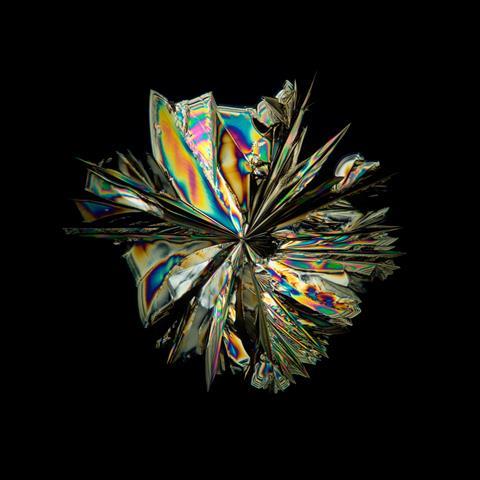
Biot had shown in 1815 that several liquid organic substances rotated the plane of polarisation of a beam of light. Pasteur began investigating this phenomenon after hearing of German chemist Eilhard Mitscherlich’s 1844 discovery that solutions of salts of tartaric acid affected polarised light in a surprising way. But Pasteur noticed something Mitscherlich had missed.
Mitscherlich knew that solutions of salts made from tartaric acid obtained in the traditional manner (from residues deposited during wine-making) always rotated the plane of polarised light to the right. But he found that salts prepared from tartaric acid synthesised in the laboratory – also known as racemic acid – had no effect on polarised light. Yet the two acids were chemically indistinguishable.
Pasteur, however, spotted that one of these salts – sodium ammonium racemate – crystalises in two geometrical forms, which are mirror-images of each other. When he separated them (painstakingly picking out individual crystals with tweezers), and then redissolved them in water, both solutions rotated the plane of a beam of polarised light – but in opposite directions! Pasteur concluded that there were two tartrate molecules – both containing the same elementary atoms, but in different geometrical arrangements – and that the optically inactive racemic salt was an equal mixture of these two isomers.
Pasteur’s discovery opened the door to modern stereochemistry – though it was luckier than he knew. Not all salts of this type yield separable mirror-image crystals, and even the one Pasteur investigated only crystalises like this at fairly low temperatures (fortunately, his laboratory was poorly heated).
From his studies of the tartrate salts, Pasteur drew a general conclusion which, though eventually proved invalid, helped to energise his research. He argued that optically active compounds like tartaric acid were produced only by living organisms, and played important roles in their functioning.
Matters of yeast concern
After gaining his doctorate at the École Normale in 1847, Pasteur taught briefly at the University of Dijon before becoming a junior professor at the University of Strasbourg in 1848. There, in 1850, he married the rector’s daughter, Marie Laurent. She would give him active support throughout his career – as well as five children.
Pasteur maintained that fermentation was a function of the metabolism of a living yeast culture
Pasteur’s research took a fresh turn in 1854. On becoming the head of a new science faculty in the northern city of Lille, he was urged by university officials to tackle a problem affecting the local economy. Lille was a centre for the production of alcohol from sugar beet, and this industry was suffering from a mysterious malfunction of the fermentation process.
At the time, yeast’s role in fermentation was disputed by some of the biggest names in science. Antoine Lavoisier had asserted that the conversion of sugar to alcohol was a straightforward chemical oxidation. More recently, the eminent German chemist Justus von Liebig had argued that yeast’s function in fermentation was peripheral, with the crucial agent being a chemical substance produced during the decay of dead yeast cells. The influential Swedish chemist Jons Berzelius even denied that yeast was alive, despite evidence produced by the German biologist Theodor Schwann and others.
Pasteur, however, maintained that fermentation was not a simple chemical oxidation, but a function of the metabolism of a living yeast culture. He therefore began devising experiments to illuminate the process – and aid the local distillers. Eventually, he showed that the source of their problem was a lactic fermentation – similar to that occurring in sour milk – which happened only if the brew was contaminated by a specific lactic yeast. For Lille’s distillers, better hygiene provided a solution. For Pasteur, however, this discovery was a gateway to further investigations.
Joining the club
In 1856 Pasteur visited Paris, seeking election to a vacant seat in the Académie des Sciences. Despite Biot’s support, he was unsuccessful. He thought that biologists on the committee opposed him because they feared ‘chemistry wanted to take over everything’. Pasteur knew he was also handicapped by the lack of a foothold in the capital, however, and he began seeking one. In 1857 he returned to the École Normale as its director of scientific studies, but found its facilities to be outdated and poorly maintained, and its finances unhealthy.
To pursue his research, Pasteur had to set up a suitable laboratory – initially at his own expense, though it eventually attracted sponsorship as his reputation grew. Meanwhile, his administrative duties were burdensome, and his responsibility for student discipline an unwelcome irritation. Nevertheless, he was elected to the Académie in 1862, and his publications attracted more notice.
He became the go-to man for industries in trouble
When crisis struck France’s winemakers in 1863, the emperor Napoleon III urged Pasteur to help. Managing wine’s maturation had always been more art than science, but recently its deterioration in storage had become a serious problem. Pasteur identified the cause as an intrusive micro-organism, and showed that heating to around 60°C killed it. Even expert tasters could not fault these ‘pasteurised’ wines.
This achievement earned Pasteur national recognition. He became the go-to man for industries in trouble – even if he had no previous experience of their activities. When a mysterious infection threatened to ruin France’s silk producers in 1865, Pasteur admitted his ignorance about their operations. But after immersing himself in the problem, he found a workable solution. Later, he led efforts which helped to control cholera in chickens, erysipelas in pigs and anthrax in sheep.
Fermenting problems
These enquiries were strenuous and stressful – while anxious customers urged Pasteur to hurry, critics accused him of rushing blindly ahead with unproven treatments. His health deteriorated, and in October 1868 he suffered a massive stroke. Though eventually recovering some mobility, he remained severely impaired. Nevertheless, he continued working.
Fermentation remained a major interest for Pasteur. He struggled to improve the techniques of French breweries, seeking to make their products competitive with the best German beers – a patriotic project which gained fresh impetus after France’s military defeat by Prussia in 1870. Meanwhile, he investigated the role of micro-organisms in many other processes.
Joseph Lister admired Pasteur’s work
Pasteur strongly opposed the doctrine of ‘spontaneous generation’ – the idea that living entities could emerge from non-living matter. He devised many ingenious experiments to demonstrate that a nutrient broth – if boiled, and then protected from contact with airborne particles – remained uncorrupted almost indefinitely. But after his broths were exposed to unfiltered air, they rapidly became mouldy.
These results bolstered Pasteur’s conviction that life was a divine gift, rather than simply the outcome of a chemical reaction. They also contributed to the improvement of food hygiene and stimulated new ideas about the prevention of diseases. Joseph Lister, the British pioneer of antiseptic surgery, admired Pasteur’s work and corresponded with him.
Feverish work
Having lost two daughters to typhoid fever, Pasteur took a keen interest in infectious diseases. Edward Jenner’s success with vaccination against smallpox in England suggested to him that other scourges might be prevented by administering weakened cultures of their infective agents. But it was difficult to determine how – and by how much – a culture must be attenuated in order to make it safe, yet still effective.
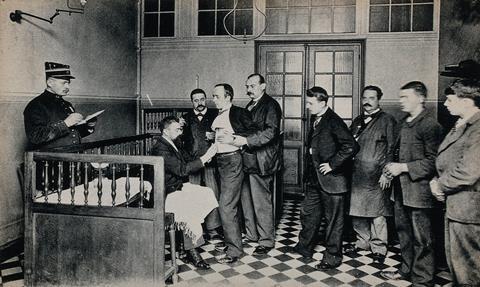
Pasteur began studying rabies intensively in December 1880. This task was difficult, as the vector is a virus – invisible to microscopes then and for decades afterwards. Nevertheless, through painstaking research (and the sacrifice of many experimental animals) he eventually developed a treatment that seemed to work. Its critical test came in July 1885.
After nine-year-old Joseph Meister was severely bitten by a rabid dog, his mother brought him to Pasteur’s laboratory rather than to a hospital. Since Pasteur lacked medical qualifications, treating the boy would have exposed him to ethical and legal challenges. But under supervision from Alfred Vulpian – a respected Parisian paediatrician – Joseph received a series of injections of Pasteur’s vaccine. He survived unharmed and rabies-free.
This result enhanced Pasteur’s reputation, but critics claimed he had taken an unjustifiable risk, since the treatment was still experimental. His defenders replied that waiting for absolute certainty would have condemned Joseph to a painful death. Nationalism sadly aggravated the controversy, as Joseph came from Alsace – a province France lost to Germany after the defeat of 1870 – and some of Pasteur’s critics were German. Explanations were found for a few early failures which raised doubts about the treatment’s validity, and many subsequent successes confirmed its effectiveness.
Disputed legacy
In his final decade, Pasteur campaigned vigorously to establish the research institute which still bears his name and where – after a state funeral at Notre Dame – his body was laid to rest in 1895. He died a national hero and a global celebrity, but a century later this status was challenged when historians finally gained access to his private papers.
Gerald Geison’s 1995 book The Private Science of Louis Pasteur claimed that these records severely damaged Pasteur’s reputation, and a new controversy began. Debating with Geison in the New York Review of Books in 1995–6, Nobel prize-winning molecular biologist Max Perutz argued that Pasteur’s methods were sound, his actions ethical and his decisions justified in the light of the evidence then available. The relevant issues cannot be fully examined here, but two particular points seem worth noting.
A published scientific research paper has a highly formalised structure. Presenting discoveries in this manner tends to obscure the complex and often messy process by which they emerged – as many candid memoirs by distinguished scientists (and investigations by historians of science) have revealed. It is hardly surprising if Pasteur’s private records show that his working practices were less orderly than his publications suggest.
Geison also criticised Pasteur’s careerism. Certainly, Pasteur cultivated influential people who could help (or harm) him – including France’s leading chemist, Jean-Baptiste Dumas. Also, he distanced himself from former associates who had fallen from favour – like the unfortunate Auguste Laurent. But as the son of a provincial tanner, seeking to gate-crash the hierarchical world of 19th-century Parisian science, Pasteur’s options were rather limited. Whatever laboratory lapses or character flaws he was guilty of, we still owe him an immense debt.
Mike Sutton is a historian of science based in Newcastle, UK
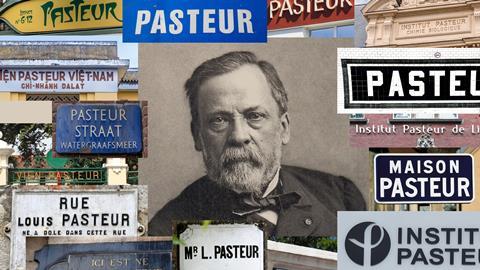

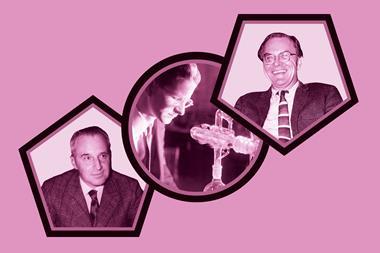

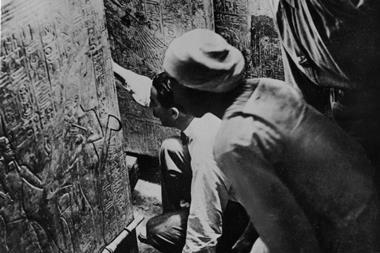
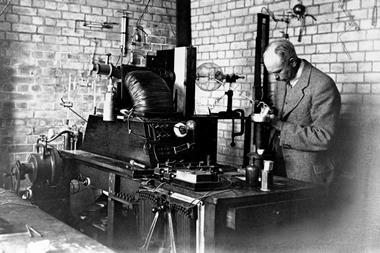
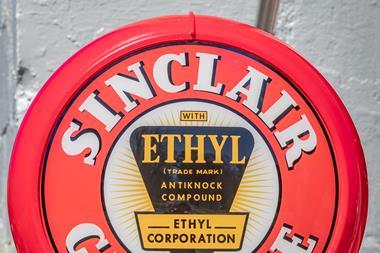






No comments yet